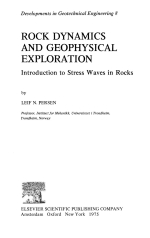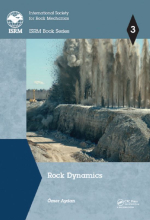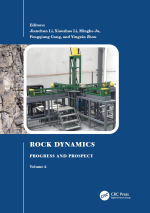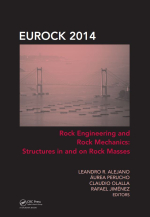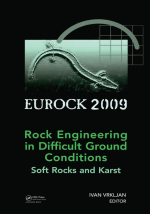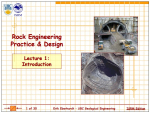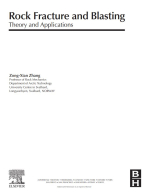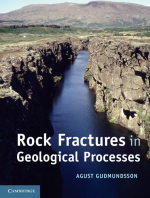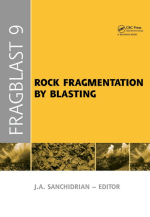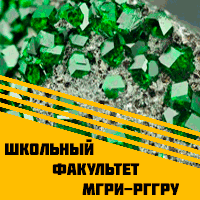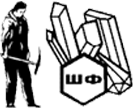Many of the Earth’s most fascinating natural processes are related to rock fractures.Volcanic eruptions, tectonic earthquakes, geysers, large landslides and the formation and development of mid-ocean ridges all depend on fracture formation and propagation. Rock fractures
are also of fundamental importance in more applied fields such as those related to fluidfilled reservoirs, deep crustal drilling, tunnelling, road construction, dams, geological and geophysical mapping and field geology and geophysics.
There has been great progress in understanding fracture initiation and propagation over the past decades. The results of this progress are summarised in many papers, textbooks and monographs within the fields of fracture mechanics and materials science. Much of this improved knowledge of fracture development is of great relevance for understanding and modelling geological processes that relate to rock fractures. <...>


